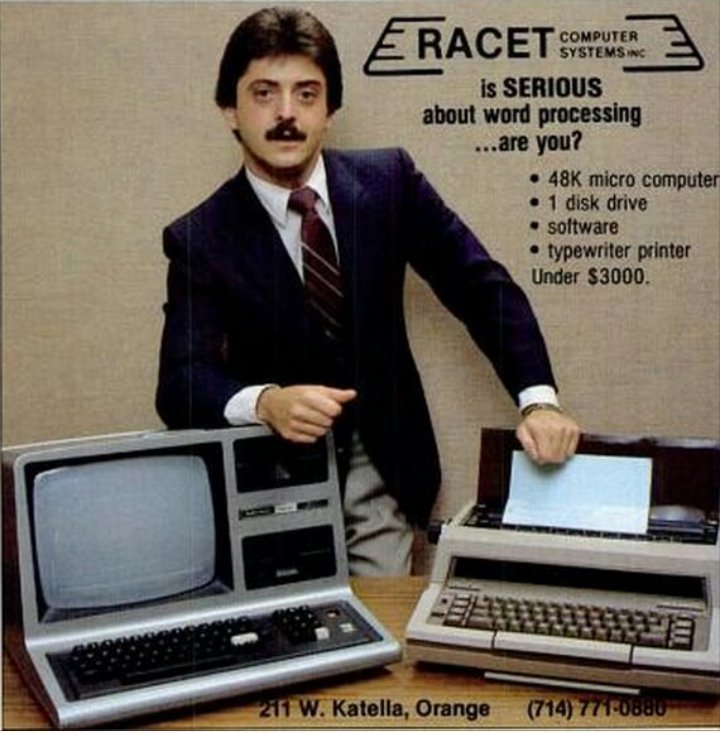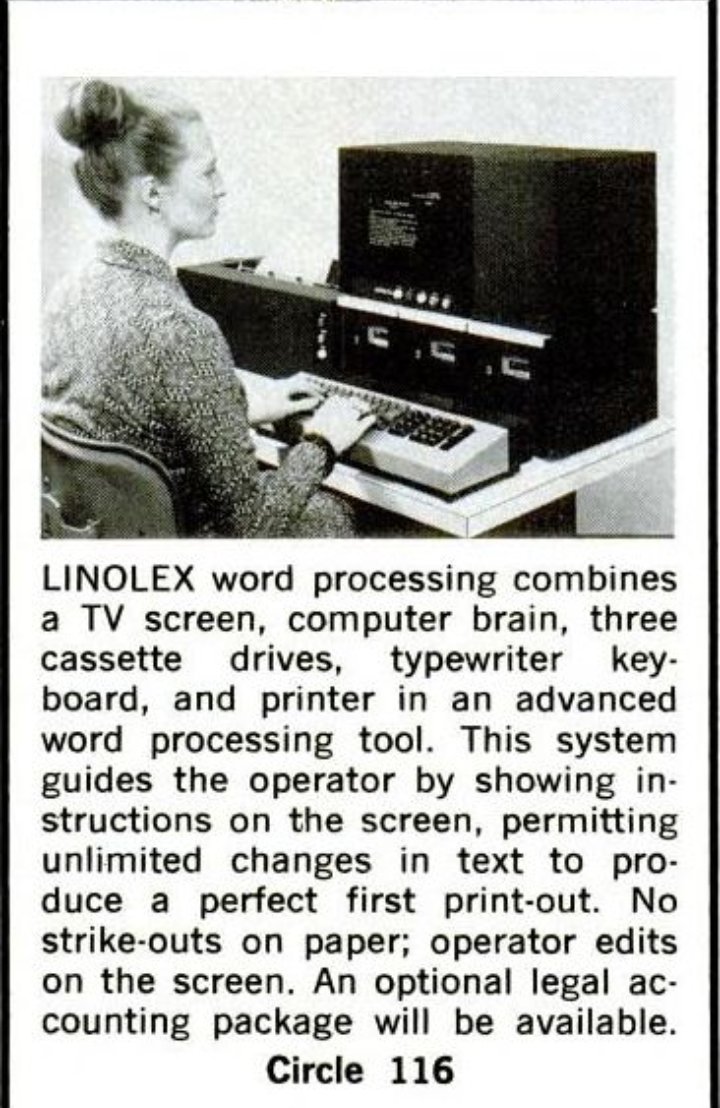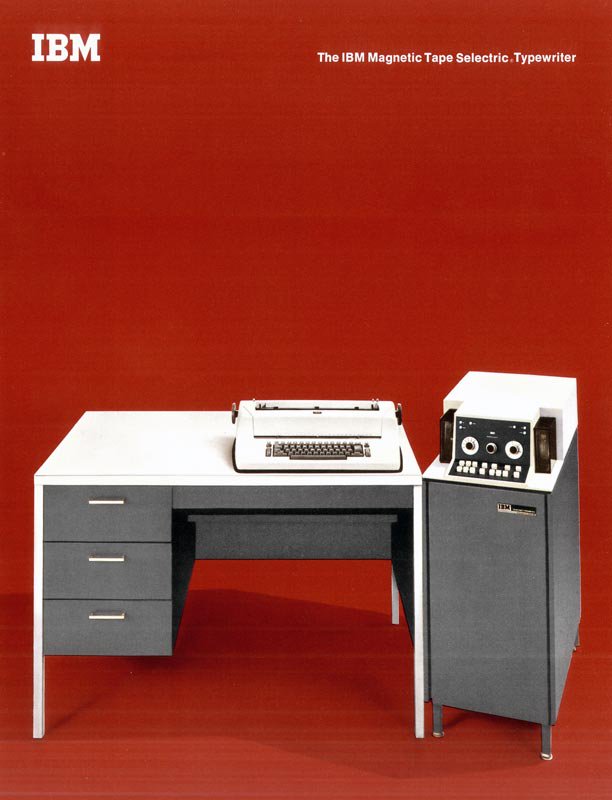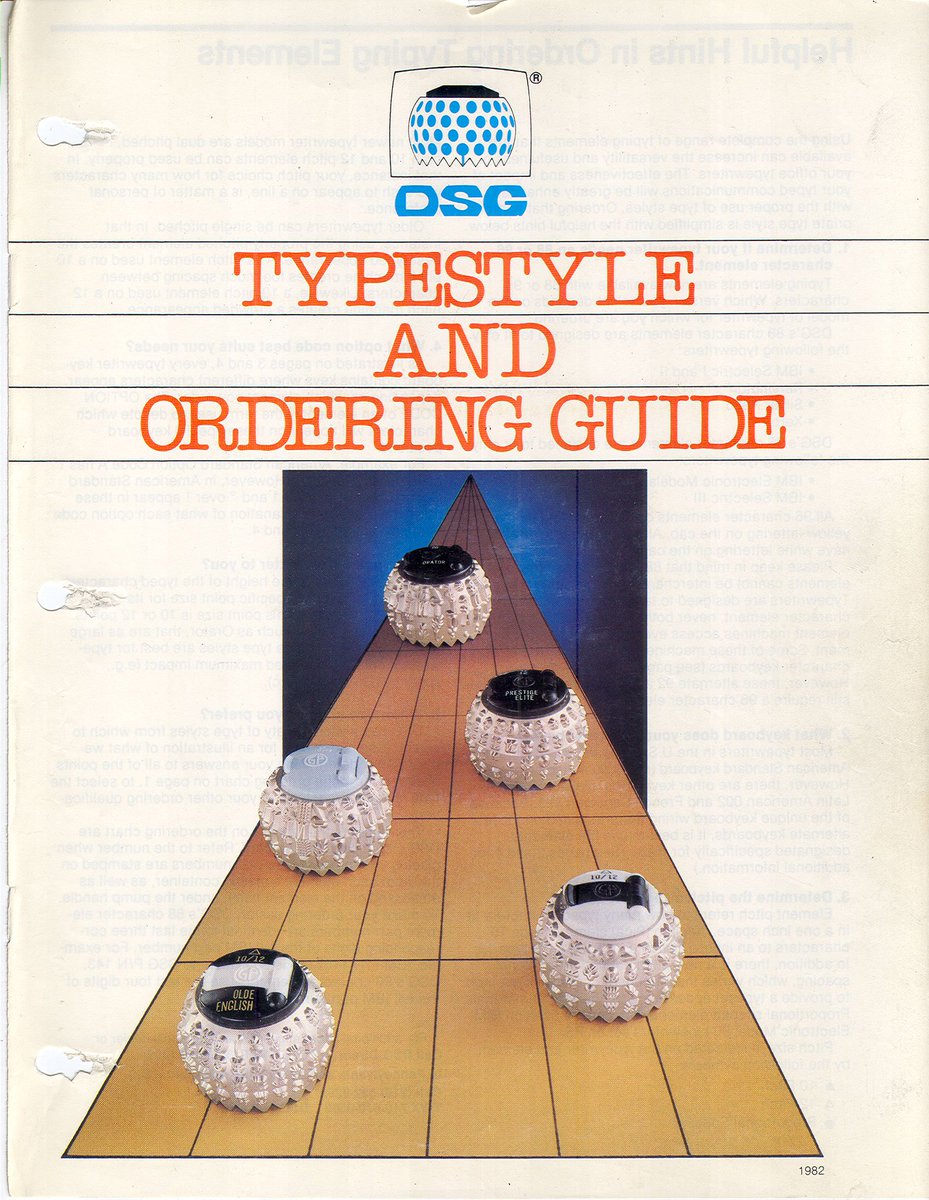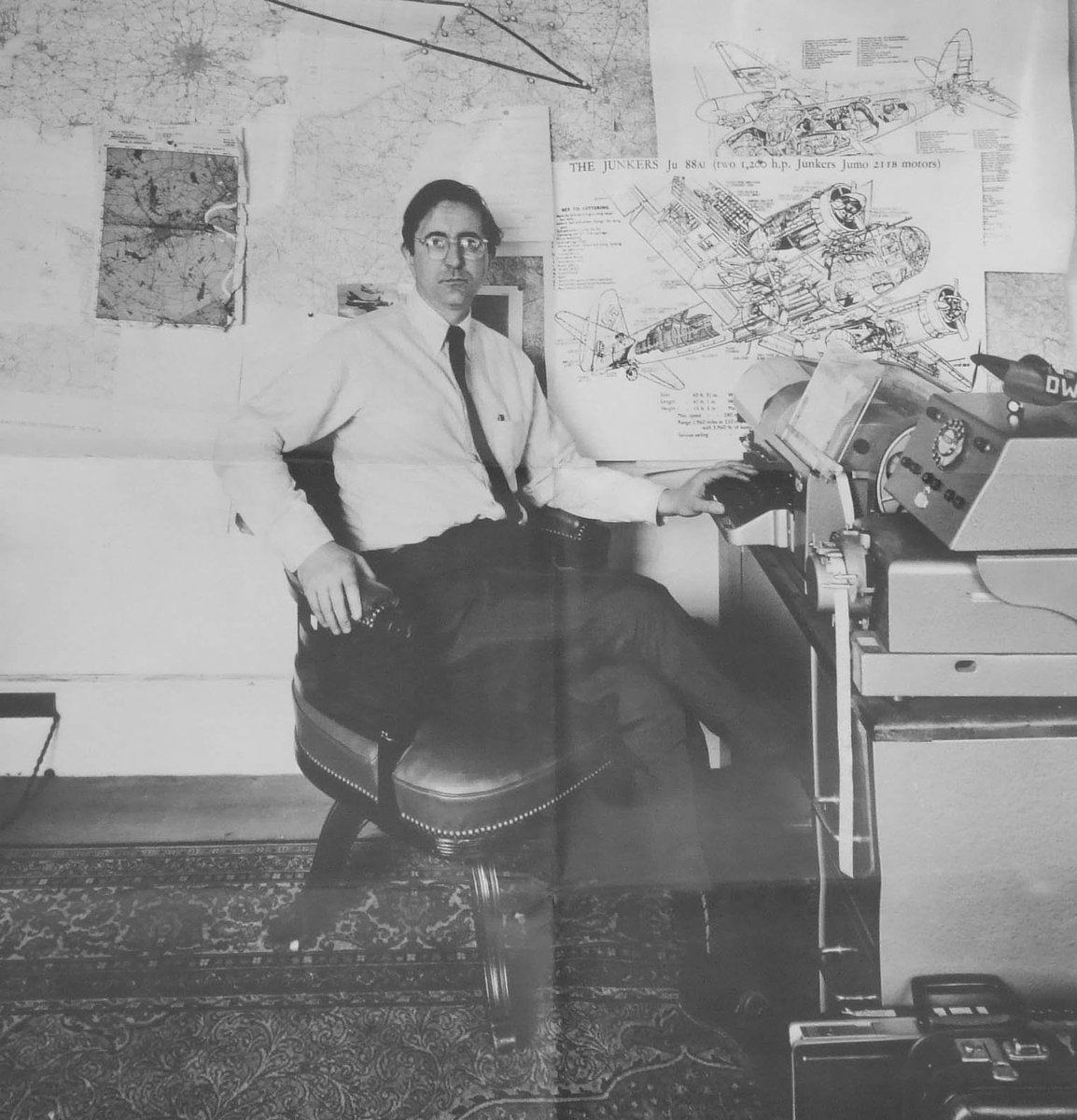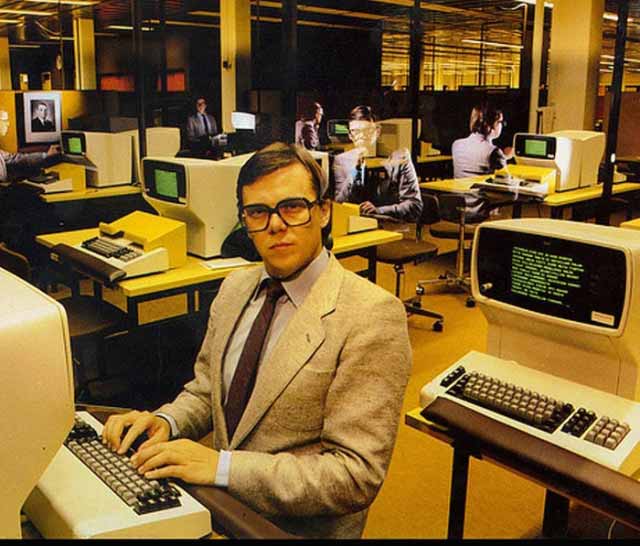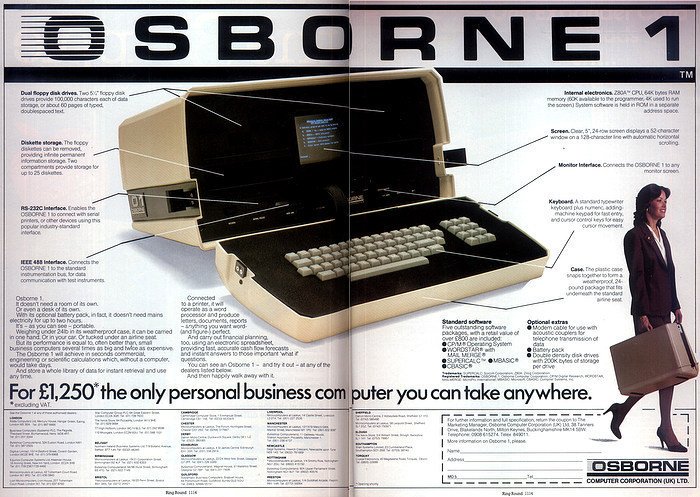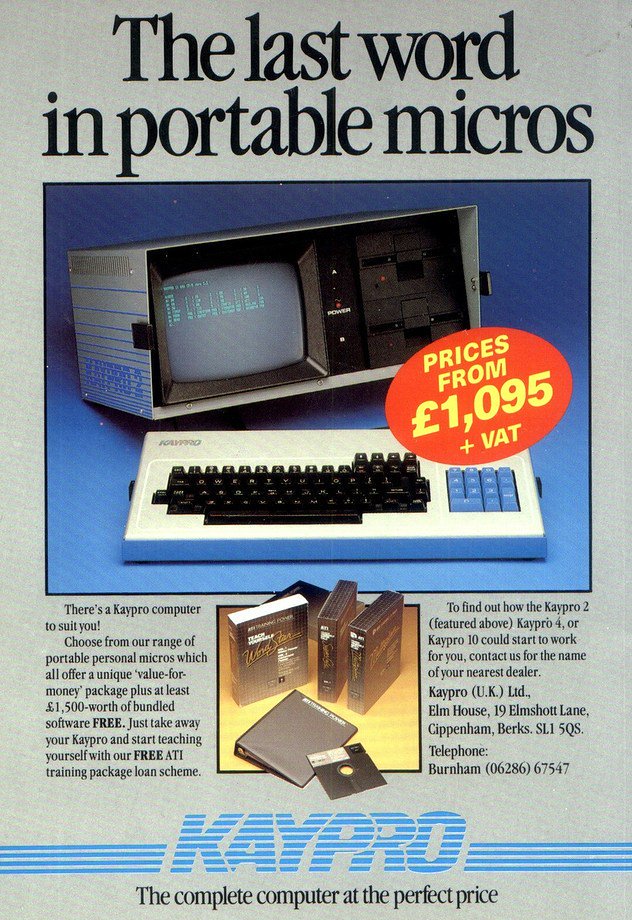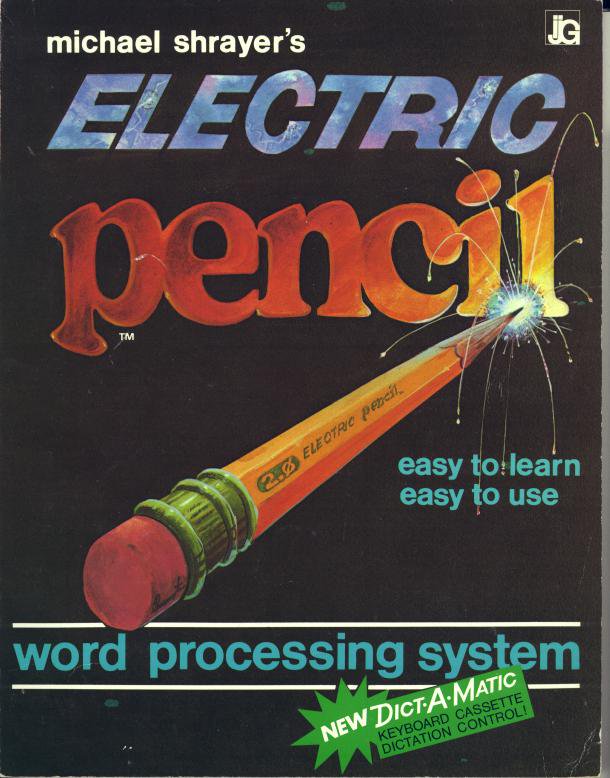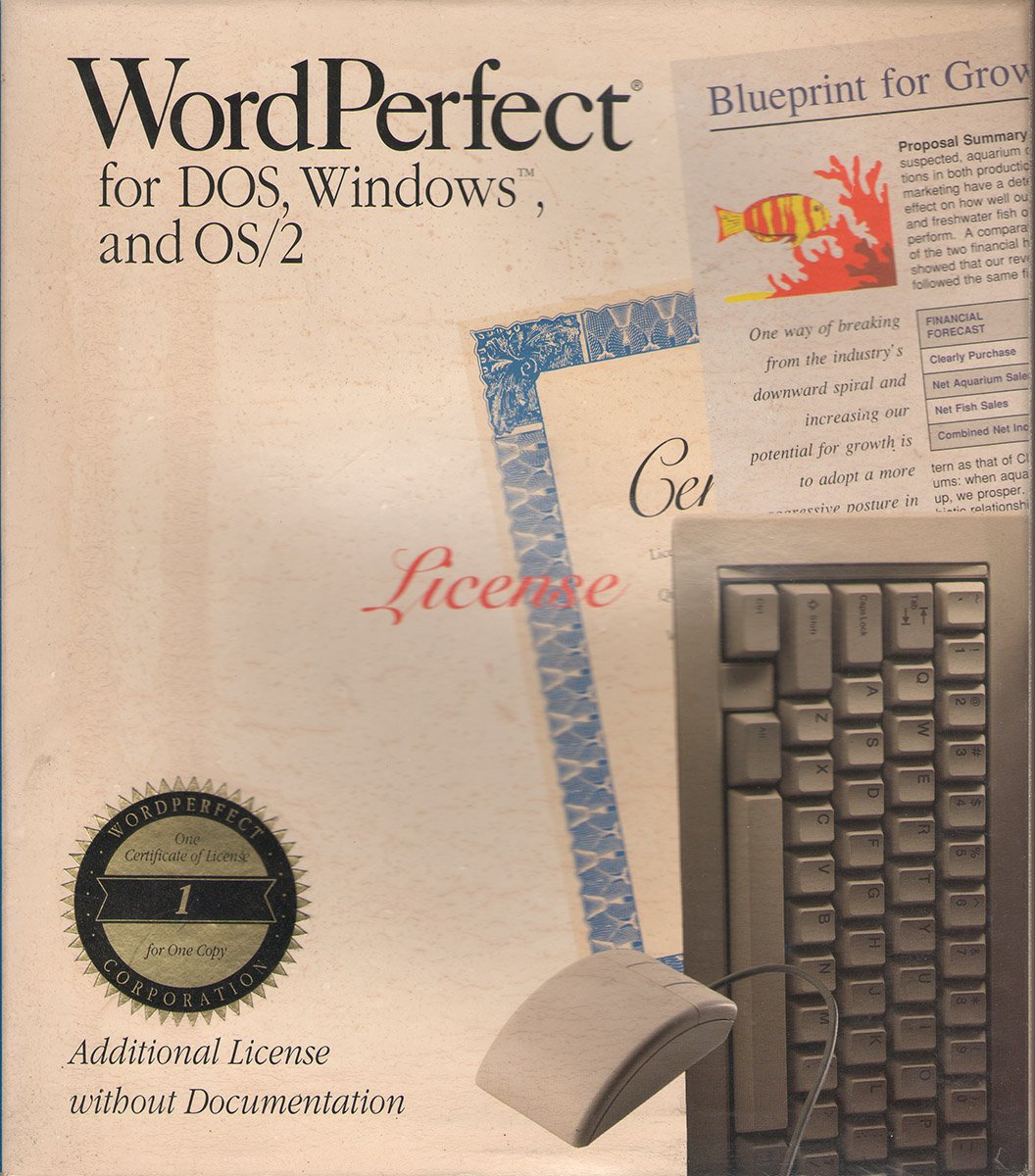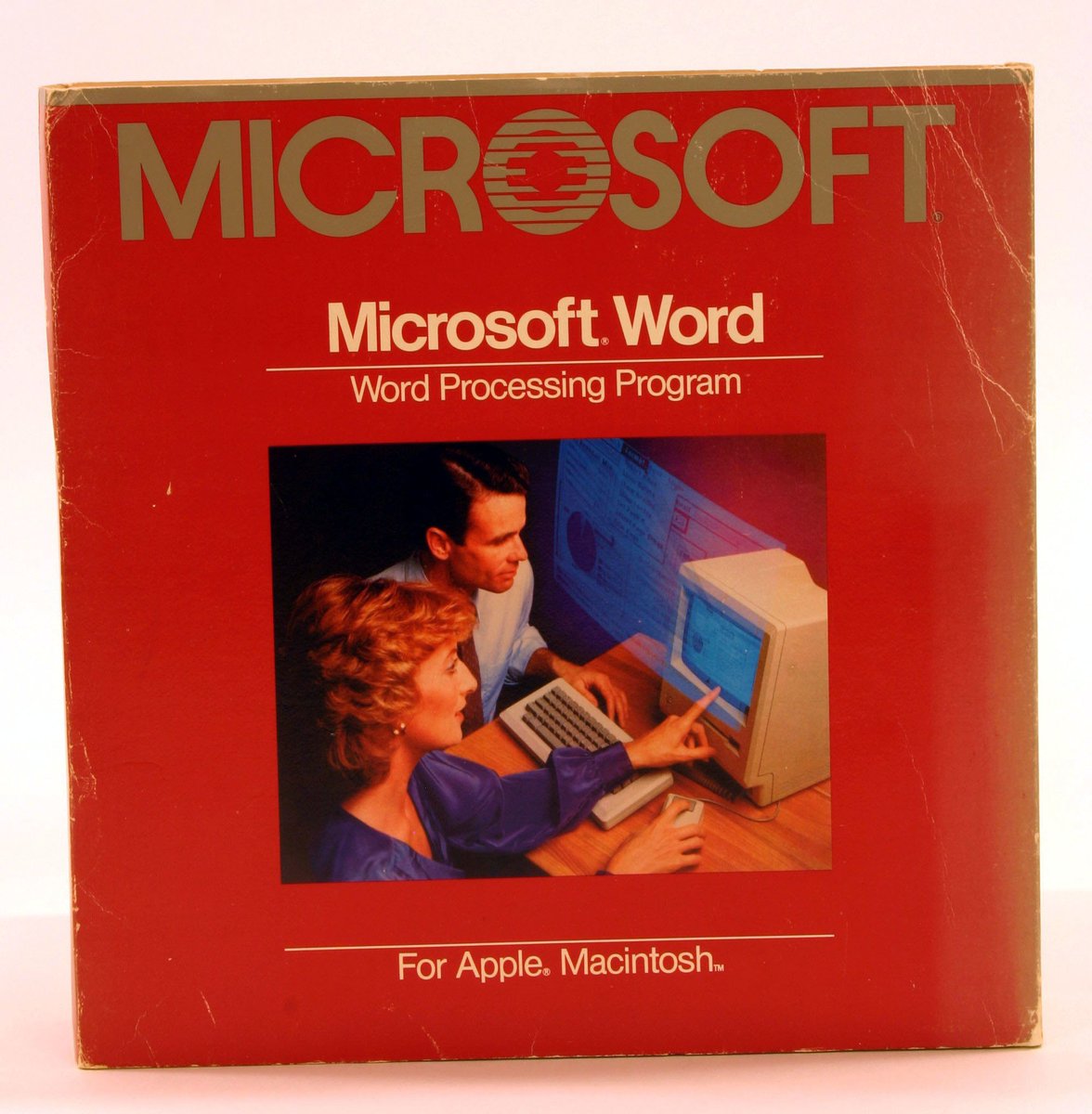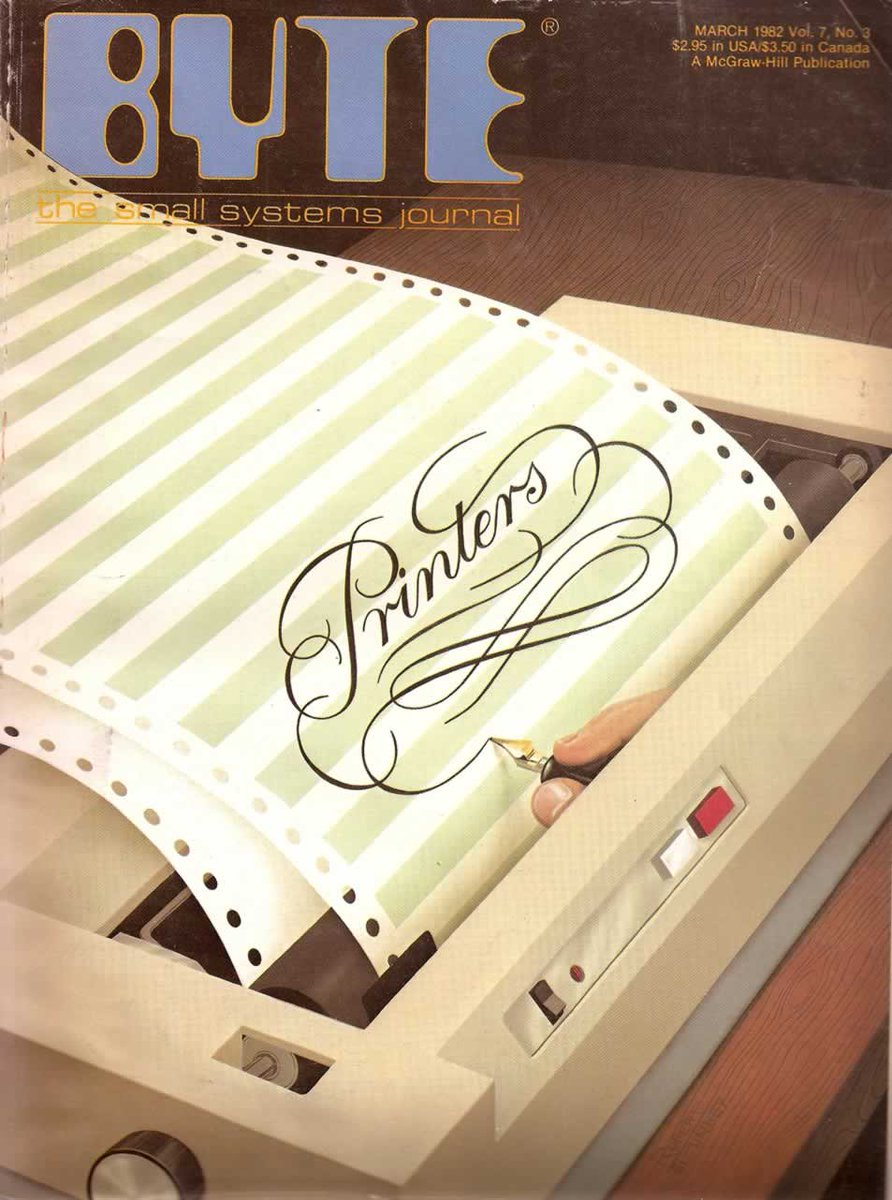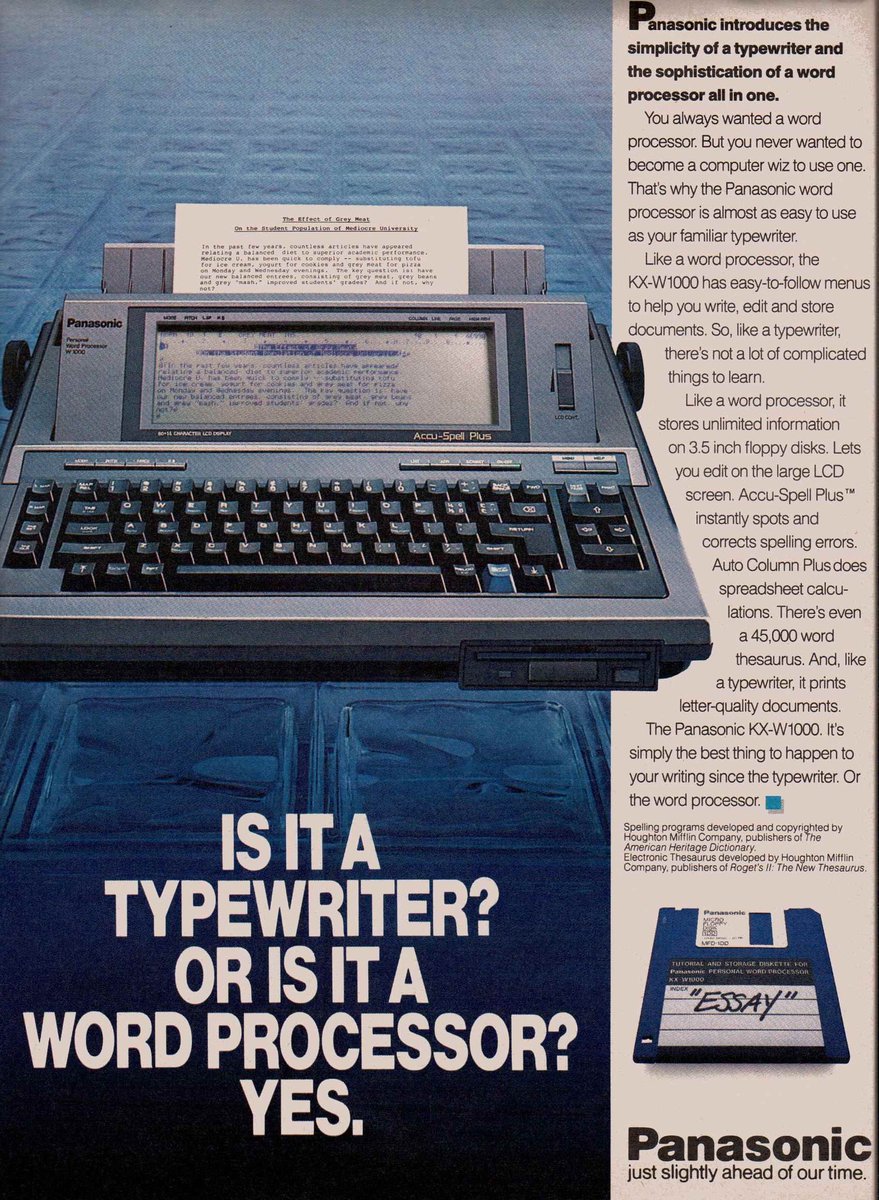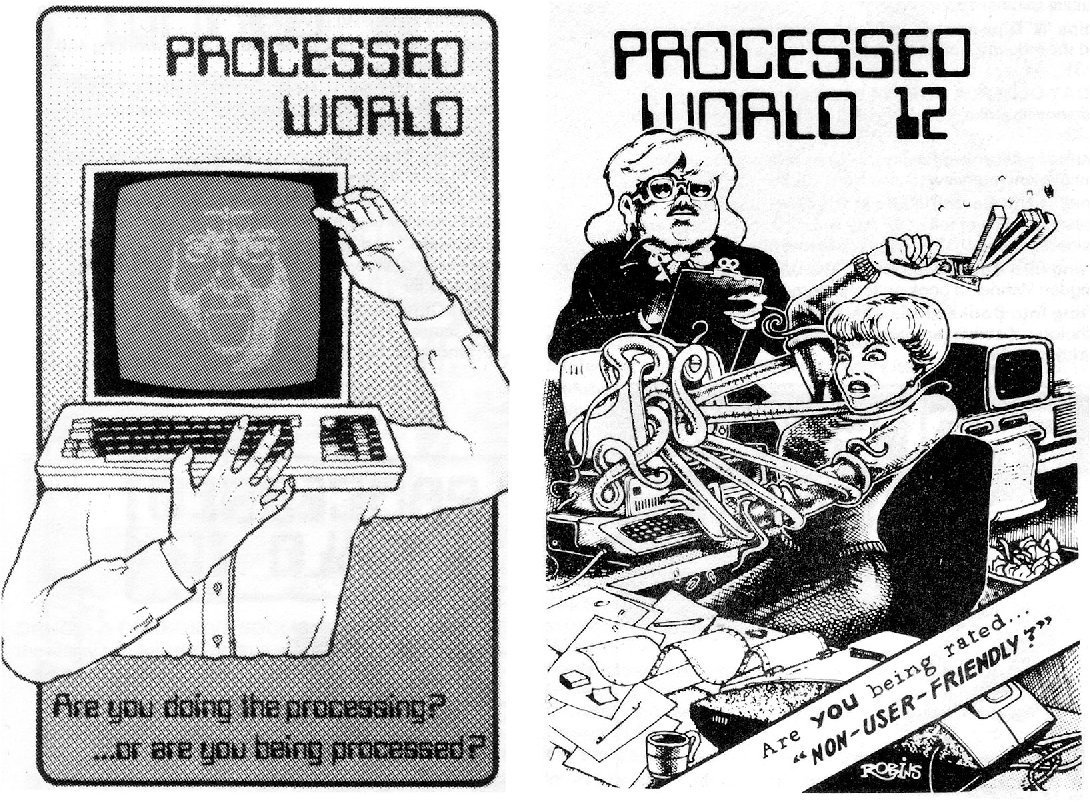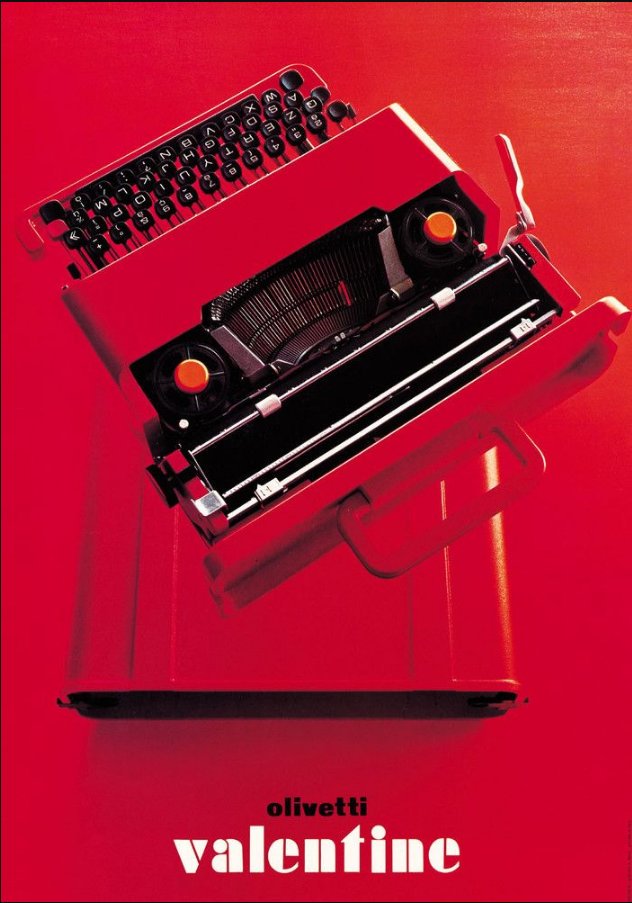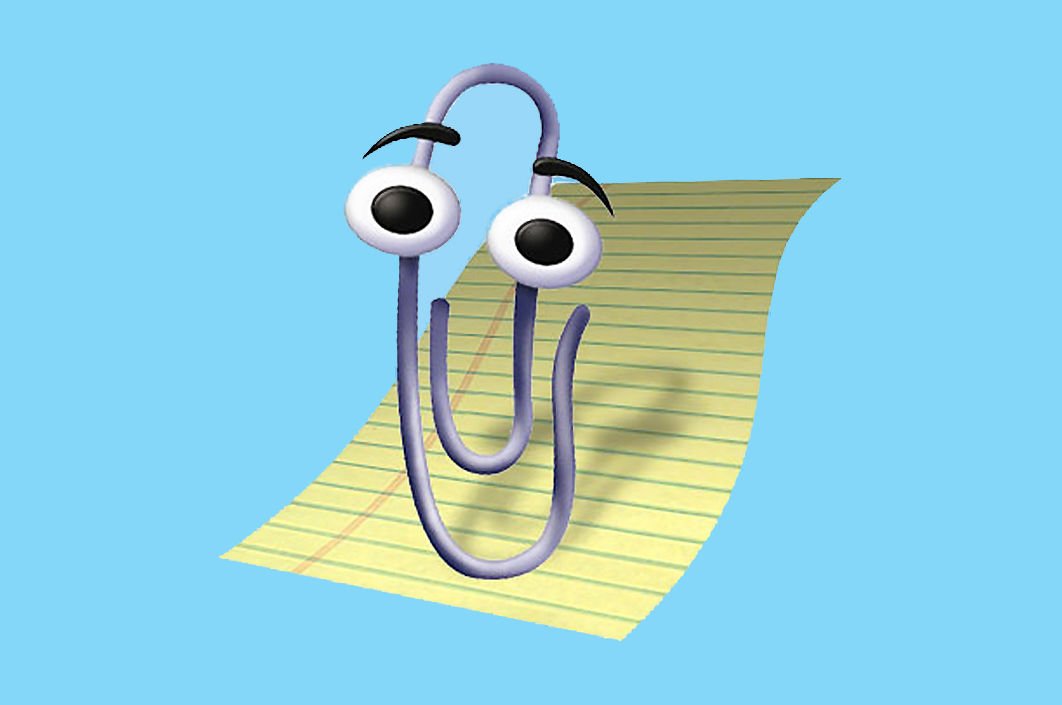Today in pulp... I get serious about the history of word processing!
Really, really serious. Moustache level 4 serious. Serious... #amwritingfiction
Really, really serious. Moustache level 4 serious. Serious... #amwritingfiction
Writing even the simplest document is complex: composing, editing, spell-checking, formatting, version control, page numbering, printing, archiving...
Automating even part of the process should lead to a productivity boom, shouldn& #39;t it?
Automating even part of the process should lead to a productivity boom, shouldn& #39;t it?
So in 1964 IBM made a huge stride in this automation with the MT/ST system, combining a & #39;golfball& #39; typewriter with a magnetic tape drive to create the first reusable storage medium for typed information. No more carbon copies: letters were now electronic!
The first novel written on a word processor was Bomber, published by Len Deighton in 1970. Deighton had an 91 kg leased IBM MT72 carefully winched into his London home where he spent over a year composing his story.
And Deighton wasn& #39;t alone in embracing this new technology. "Word processing" was the buzzword of 1971, according to the New York Times. It certainly changed the public view of computers: you didn& #39;t need to be a rocket scientist to need this new technology.
Then - finally! - by the early 1970s developers started to use CRT screens to display the text electronically before saving it. The 1975 Wang WPS was one of the most popular early screen based word processor; Stephen King was a keen user of the "great big Wang."
But it was the arrival of the floppy disc that changed word processing from a hardware to a software business: with the right package any suitable microcomputer could now act as a screen based word processor.
The next step in word processing was to try and make it portable. The 1981 Osborne 1 may have weighed almost 11kg but it came with two floppy disc drives and word processing software. The 1982 Kaypro ll was even heavier, but it did have a bigger monitor.
But word processing wasn& #39;t limited to business machines: in 1976 Michael Shrayer launched Electric Pencil, the first word processing software for home computers. It also launched a great new innovation - text wrap!
WordPerfect, released in 1979, was one of the first really successful word processing packages: the use of printer drivers helped it connect with a range of peripherals, however the user manual was 600 pages long!
But the eventual champion, as we all know, was Microsoft Word. Launched in 1983 as Multi-Tool Word for Xenix, versions for MS-DOS and Mac were soon released. And it wasn& #39;t a bad little package: for the first time you could see line breaks and typeface markups on screen.
No matter what what word processing software you used, most people were still restricted to a dot matrix or daisy wheel printer to print their results.
However in 1985 all that was about to change...
However in 1985 all that was about to change...
HP launched a low-cost laser printer in 1984, but it was the 1985 Apple LaserWriter that transformed the market. High quality text, line art and raster graphics were now available to all, and Adobe& #39;s PostScript page description language opened up a whole new world of fonts.
Aldus PageMaker, also released in 1985, launched the desktop publishing revolution. Everything needed to lay out a page was there and teamed with the LaserWriter and Apple& #39;s GUI it helped ensure the Mac became the workhorse of the graphic design world.
The stand-alone word processor still soldiered on for a number of years, as a simpler portable alternative for those who just needed to produce professional documents. For students or budding authors it was a cheaper alternative in the pre-laptop days.
Did the word processor change how we write? Some novelists think so. It& #39;s strange to say, but words that are not yet on a page are still protean. For a profession fond of procrastination it perhaps changes how we approach putting our thoughts down in print.
Will we move on from the word processor? Who can tell. Speech to text and handwriting recognition software has come on significantly. Typing as a skill is less frequently taught nowadays. Maybe soon Microsoft Word will be in a museum along with the Olivetti Valentine.
But for now our working lives seem inextricably bound with the cursor and the caps lock. Word processing is still serious business. Those documents won& #39;t write themselves - yet!
More stories another time...
More stories another time...

 Read on Twitter
Read on Twitter